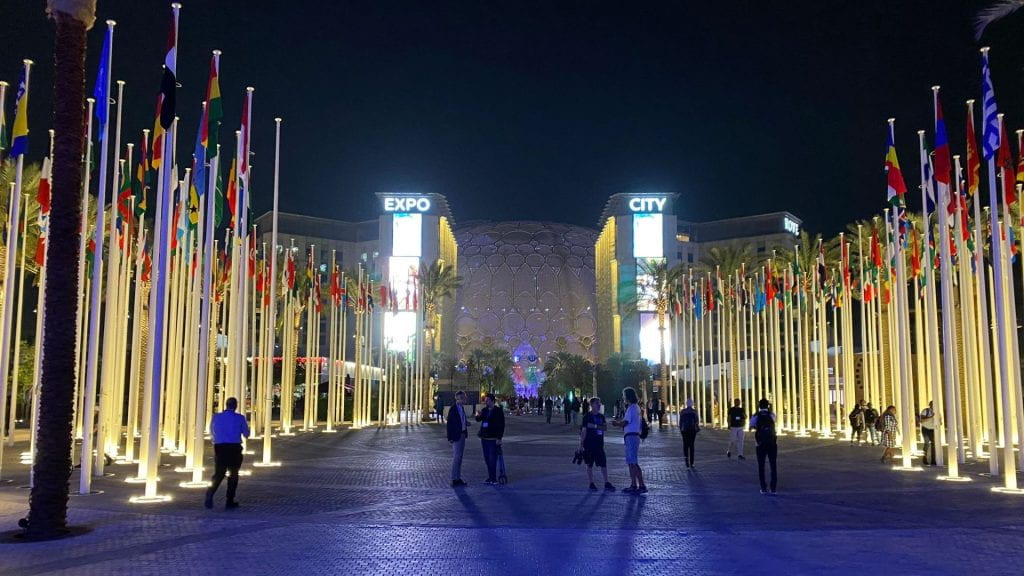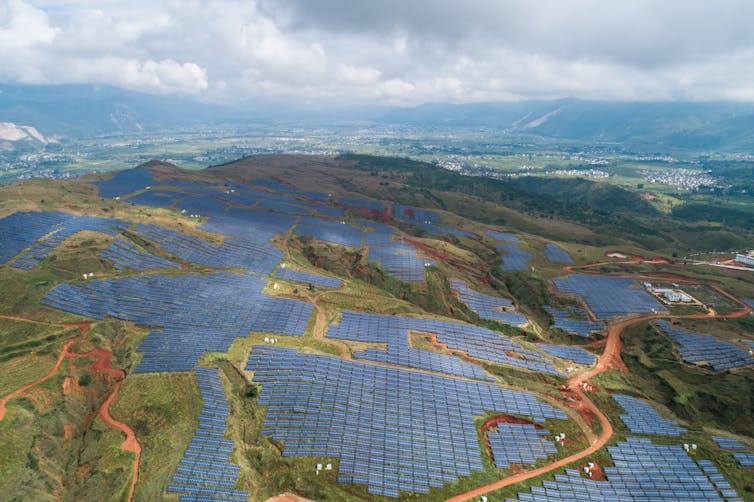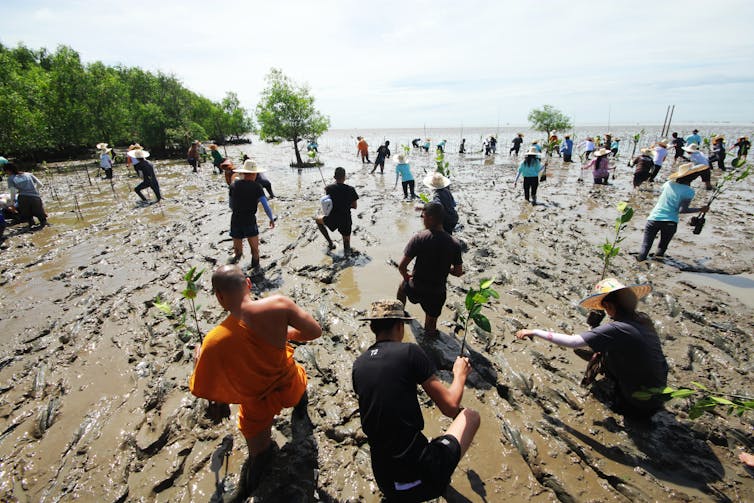Former UK prime minister Tony Blair recently argued nuclear power is an “essential part of the answer” to net zero. Writing in the foreword of a report by his thinktank, the Tony Blair Institute, he claimed small modular nuclear reactors, nuclear fusion and other advanced technologies can help lower the emissions of the electricity sector.
It’s worth looking at what these technologies involve, and how far off the UK is from integrating them into its electricity system. But we should first recognise great progress in the electricity sector in the past 15 years, and how dramatic reductions in the cost of wind and solar have led to huge increases in renewable capacity across the globe.
The UK completely removed all coal-fired power in 2024, largely replaced by offshore wind and gas. However, relying on any one technology makes an electricity grid less resilient, and nuclear is zero-carbon and can help stabilise the grid when so much electricity comes from intermittent renewables.
Historically, nuclear has contributed around 15% to 25% of the UK’s electricity supply, however most reactors have closed or are approaching the end of their life. The fleet of 26 Magnox reactors built in the 1960s finished operation by 2015 and are now being decommissioned.
Over the past three years three other sites have also closed, with the remainder currently anticipated to run until 2028-2030. At this point, what was once 41 reactors will have shrunk to just Sizewell B, a power plant operational on the Suffolk coast since 1995.
Replacing this drop in electricity production must be a big priority. The construction of two new reactors at Hinkley Point C in south-west England started in 2016 but won’t finish until at least 2029. Significant planning has taken place for an identical site at Sizewell C in Suffolk, and a final decision is expected shortly.
The pressurised water reactor design at these two sites produces significantly more electricity than past UK designs, and these four reactors will together produce 6.4GW of electricity, replacing all 14 of the reactors that are retiring.
Supporting the construction of new reactors at Hinkley Point and Sizewell is essential for maintaining the UK’s electricity supply, but basically returns the country to the status quo. Beyond, there are number of exciting new developments.
SMRs
Small modular reactors (SMRs) and advanced modular reactors (AMRs) have frustratingly similar names, but have become the main way to categorise the two options. The “small” in SMRs is because they produce between 30MW and 300MW of electricity, compared to 1,600MW for each reactor at Hinkley Point C.
The “modular” is driven by a desire to produce multiple identical reactors at once in a factory, rather than constructing on site. This can dramatically reduce manufacturing and installation time, potentially making them much cheaper.
A combination of new SMRs and one or two new Hinkley C-sized reactors would enable UK nuclear capacity to expand beyond the status quo in the 2030s, further reducing the carbon emissions of the electricity sector.
The next generation
Further into the future, exciting research is taking place on the next “generation IV” nuclear designs: advanced modular reactors (AMRs).
Some AMRs can run at much higher temperatures, which could help decarbonise tricky industries like steelmaking or produce hydrogen for energy storage or low-carbon plane fuel. Some designs can even reuse nuclear waste, reducing how long it needs to be stored safely.
Even further in the future, nuclear fusion – the same process that powers the sun – could offer clean electricity without producing long-lasting radioactive waste. The UK is supporting this by building a demonstration fusion plant called STEP which aims to start operating by 2040.
One of the biggest criticisms of nuclear is the cost. Building a nuclear plant is a massive project that can take many years or even decades. Hinkley Point C, for example, has up to 10,000 workers and more than 100 cranes on site, including the world’s biggest crane “Big Carl”.
Because plants take so long to build, the money is borrowed years before any electricity is generated, gathering significant interest in the meantime. These interest payments can ultimately make up as much as two-thirds of the total cost.
A new funding model, similar to that used for big infrastructure projects like Crossrail, should lower costs.
But once a nuclear plant is built and paid off, it’s one of the cheapest ways to generate electricity – especially as modern reactors can run for up to 80 years. That’s why government support to cover upfront construction costs can pay off in the long run.
The previous UK government ambition was to build 24GW of new nuclear power by 2050 – about four times more than the country has today. However, the current government has not confirmed it will stick to this target.
To get there, the UK would need to approve several new nuclear projects every few years starting in 2030, which will require major investment in skills, resources and collaborations.
We urgently need to decarbonise our energy system, and future nuclear reactors can play an important role in that alongside renewables and other technologies.![]()
——————–
This blog is written by Tomas Martin, Associate Professor in Materials Physics, University of Bristol. This article is republished from The Conversation under a Creative Commons license. Read the original article.


























